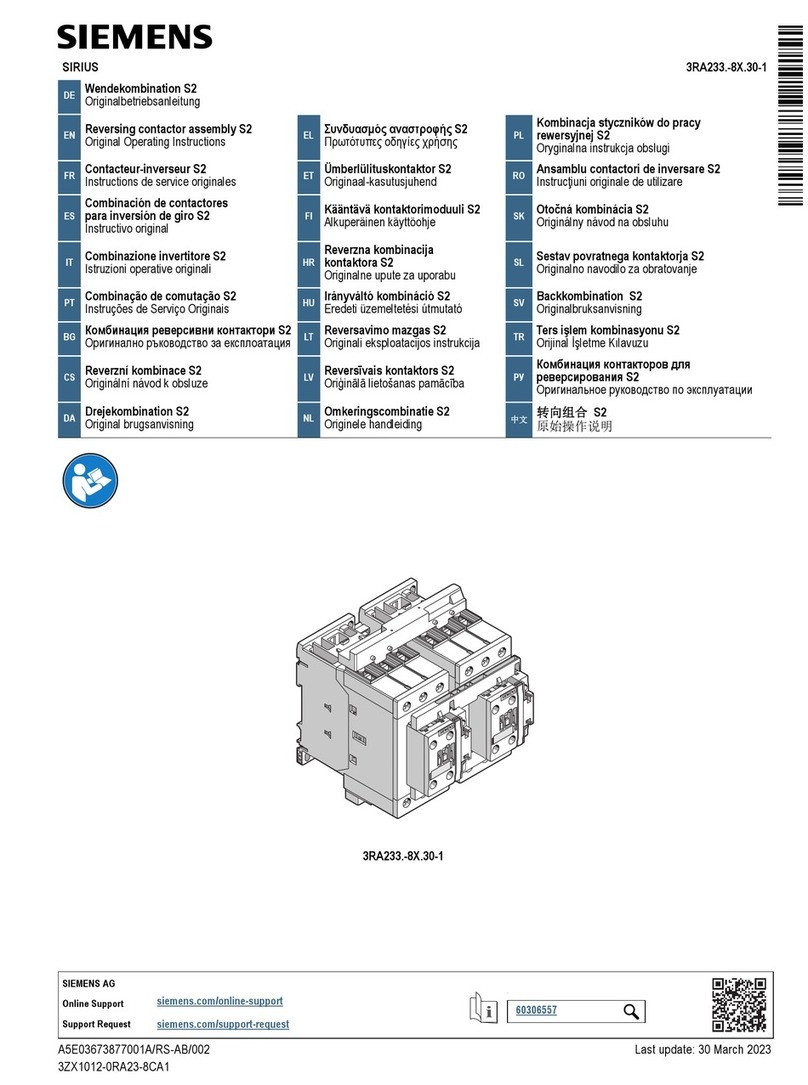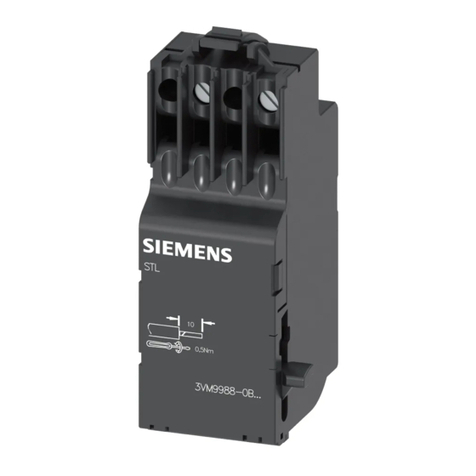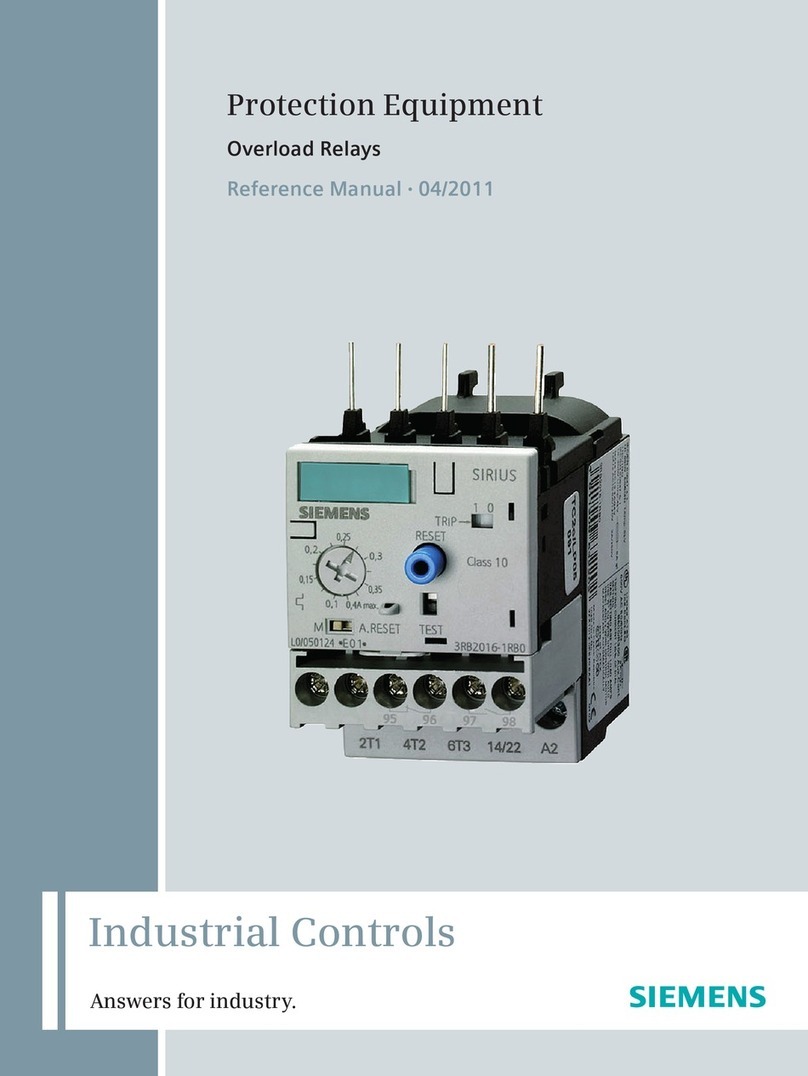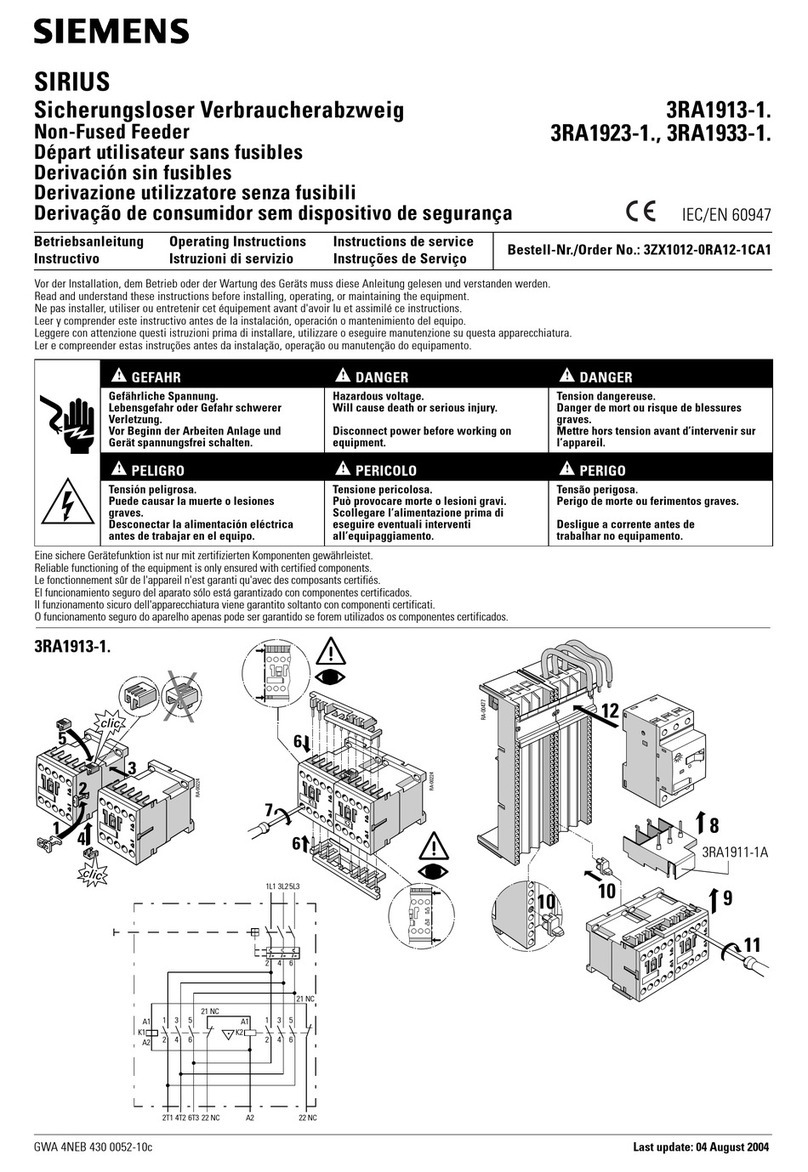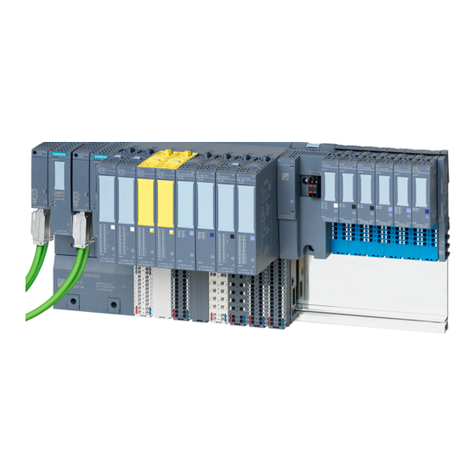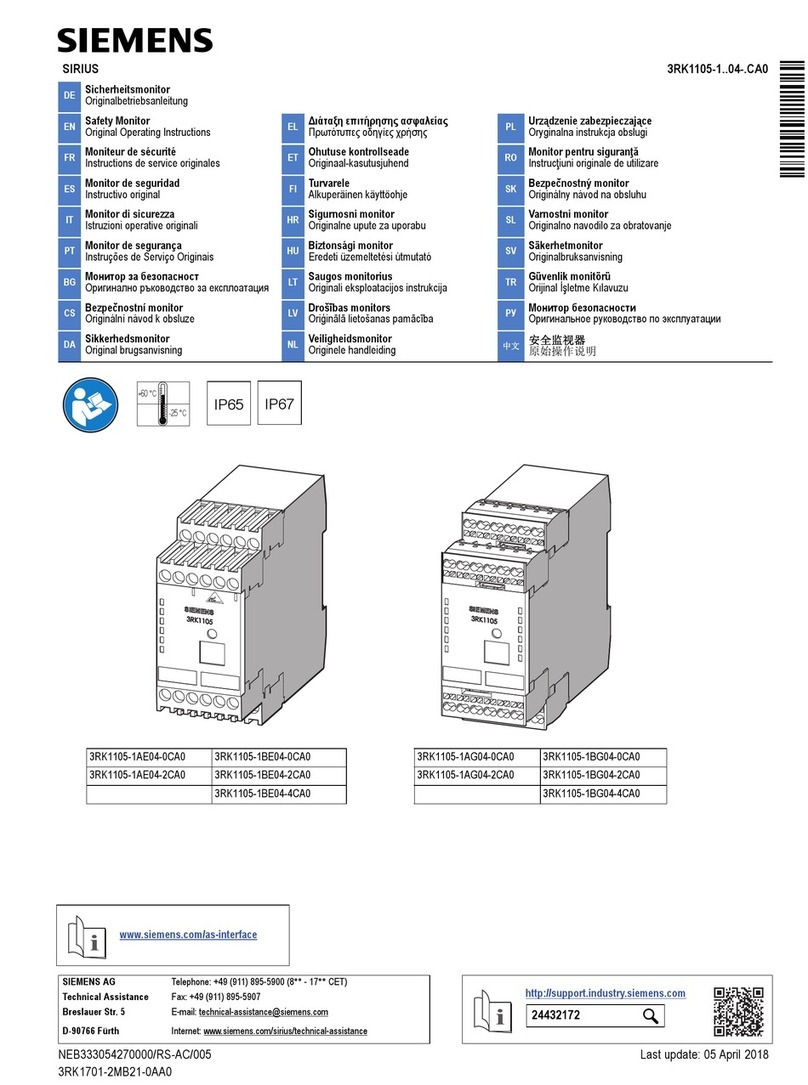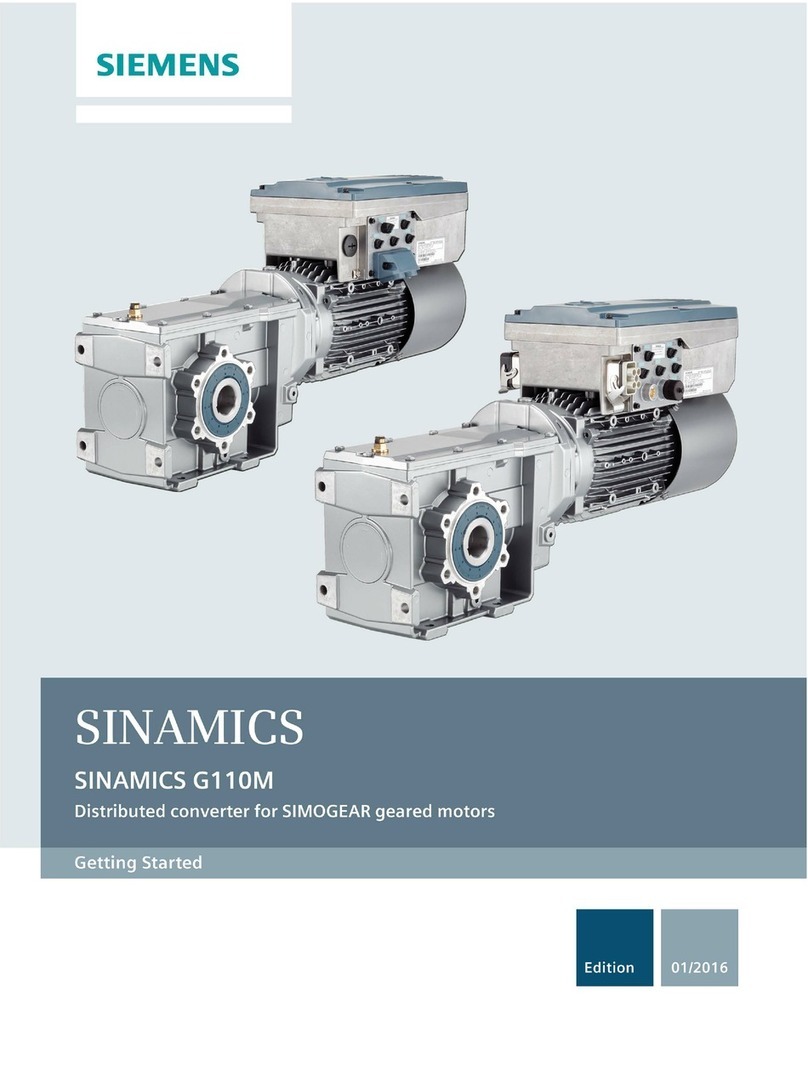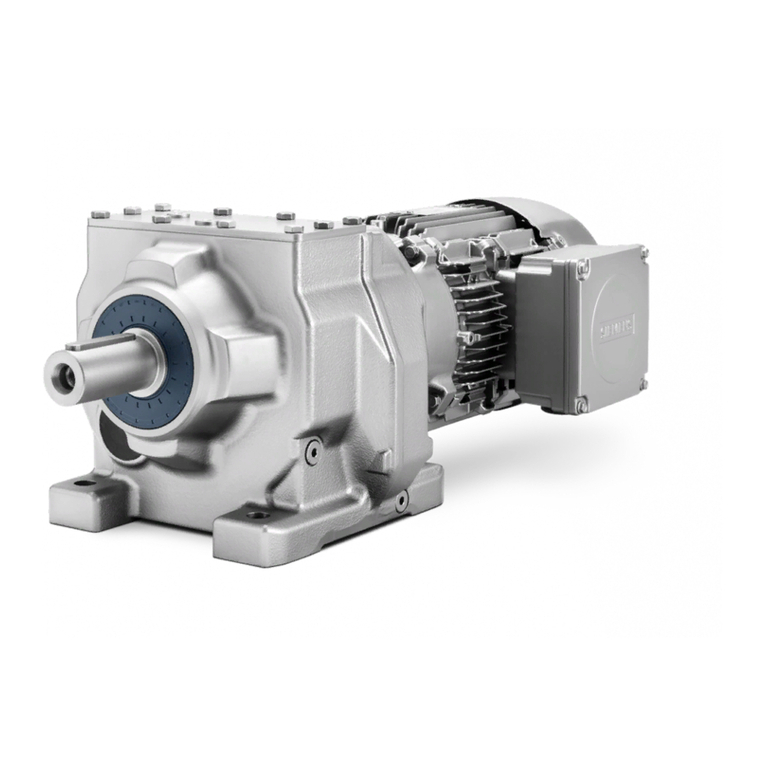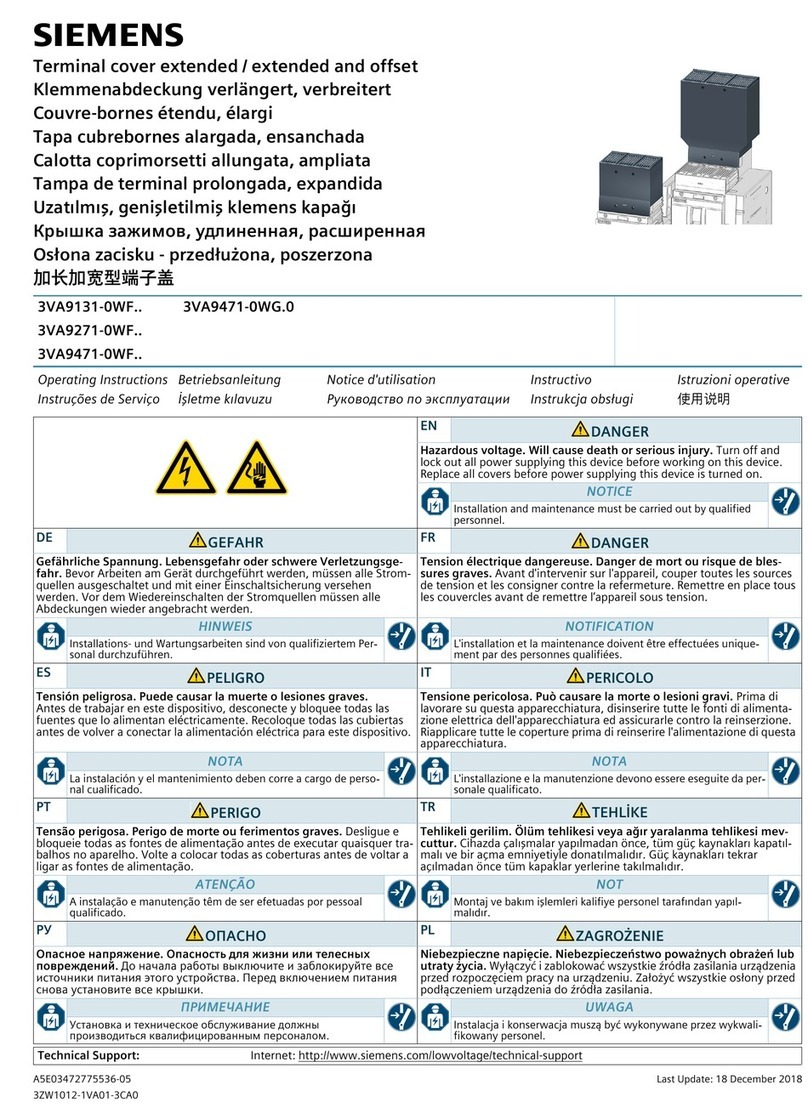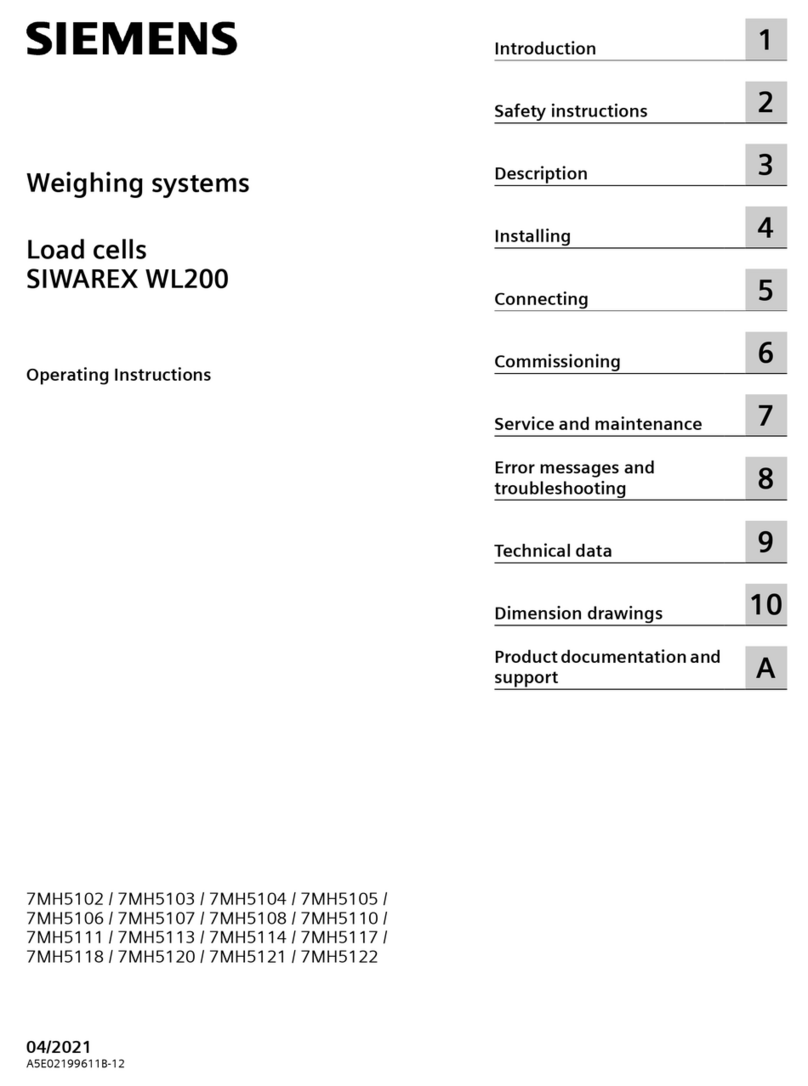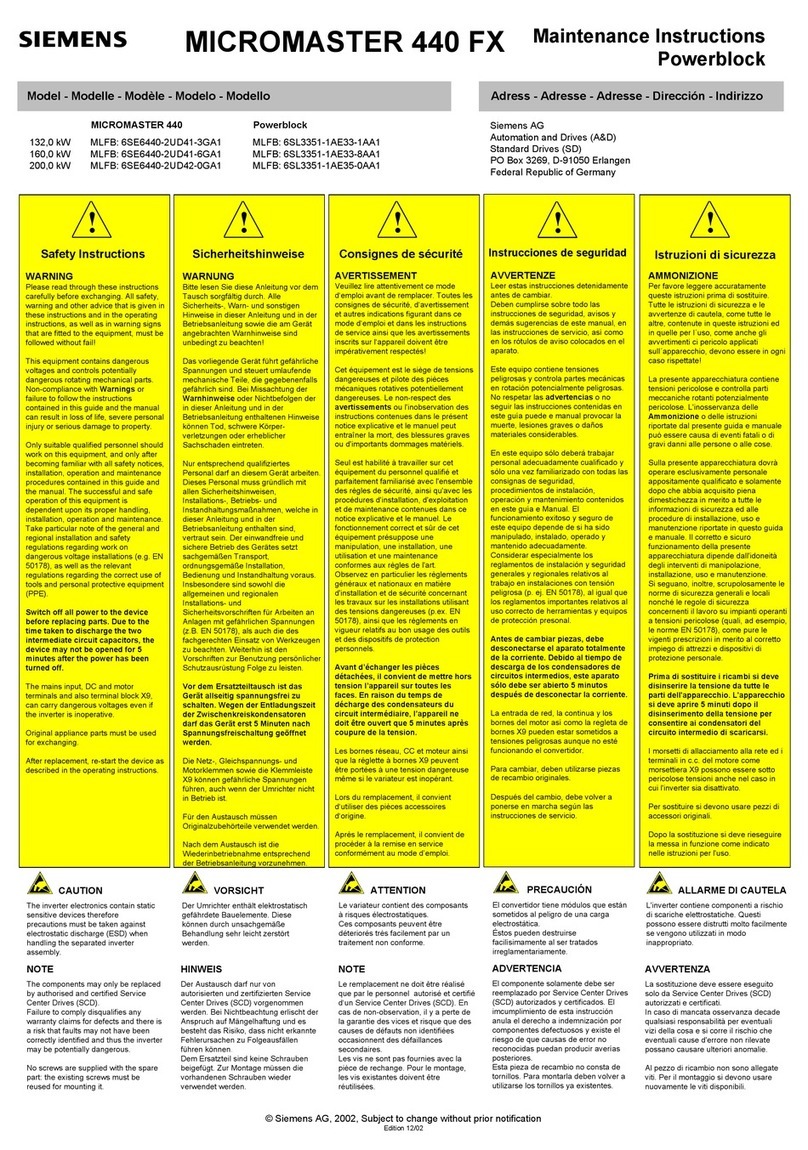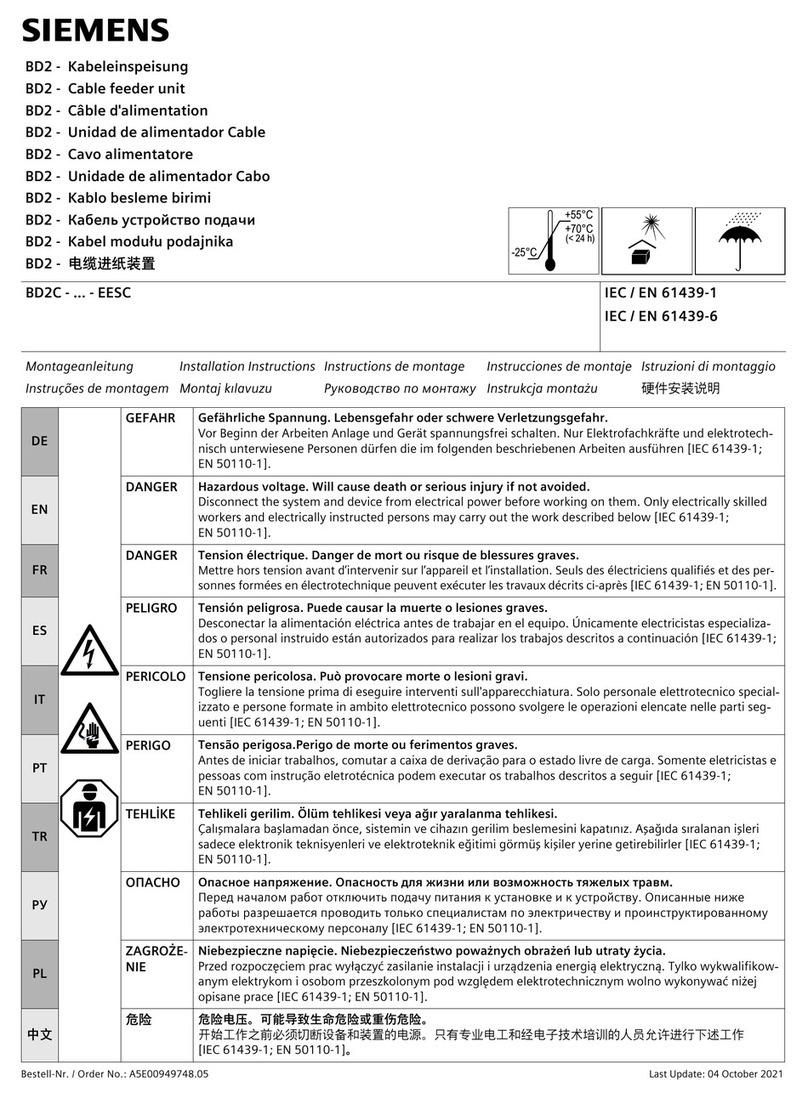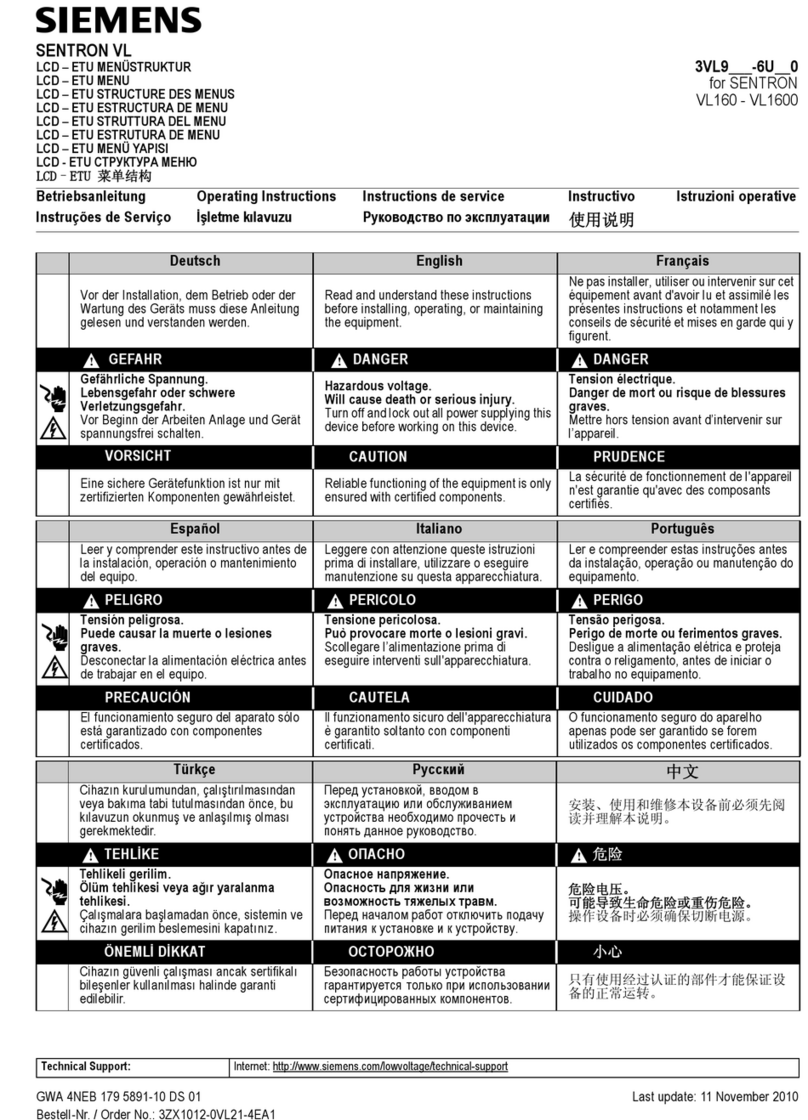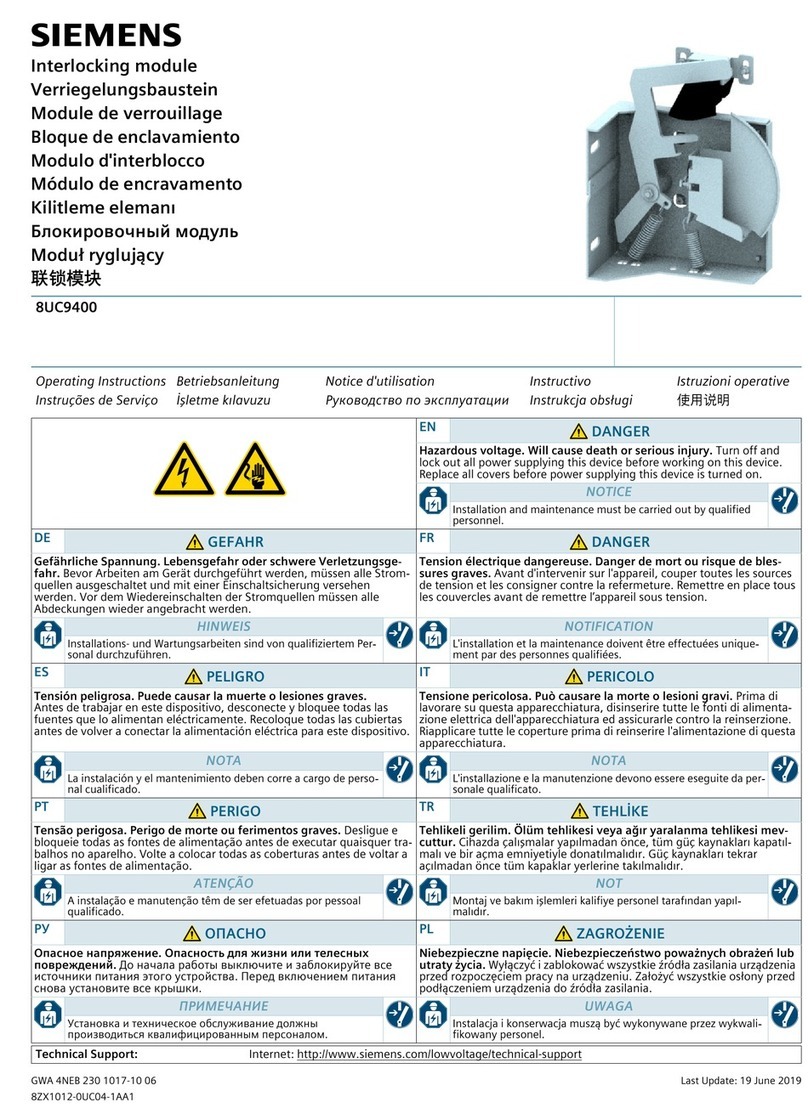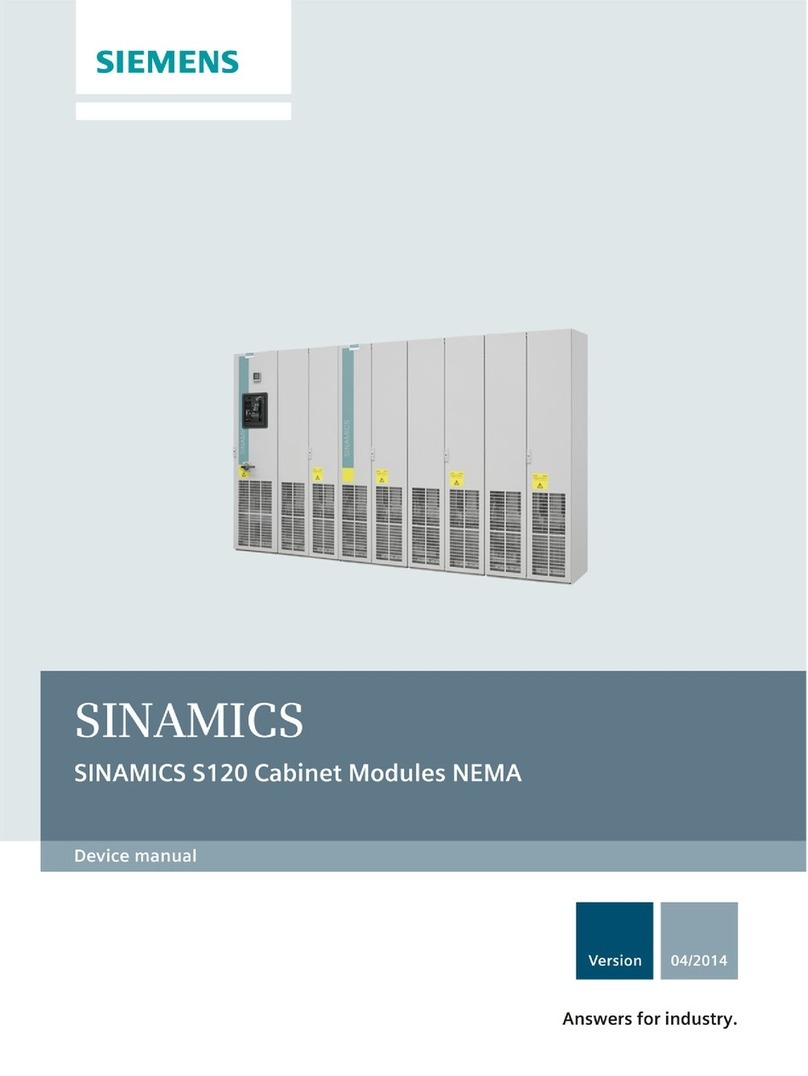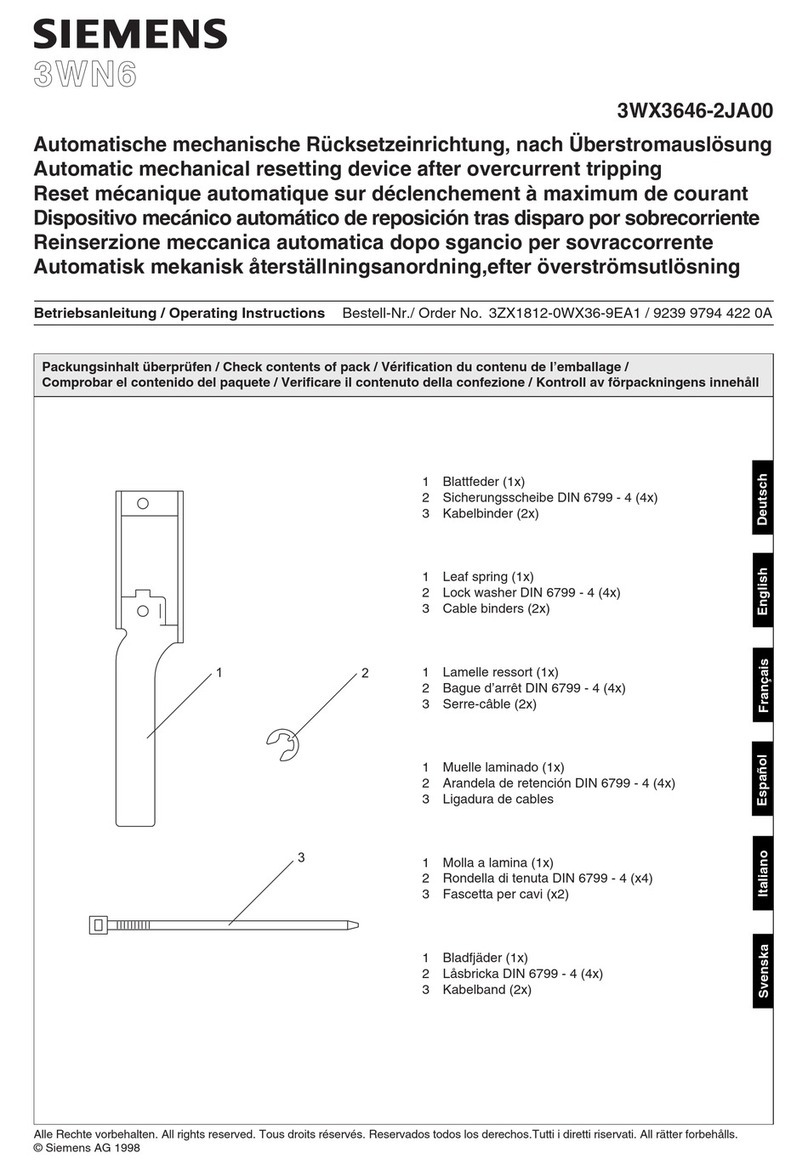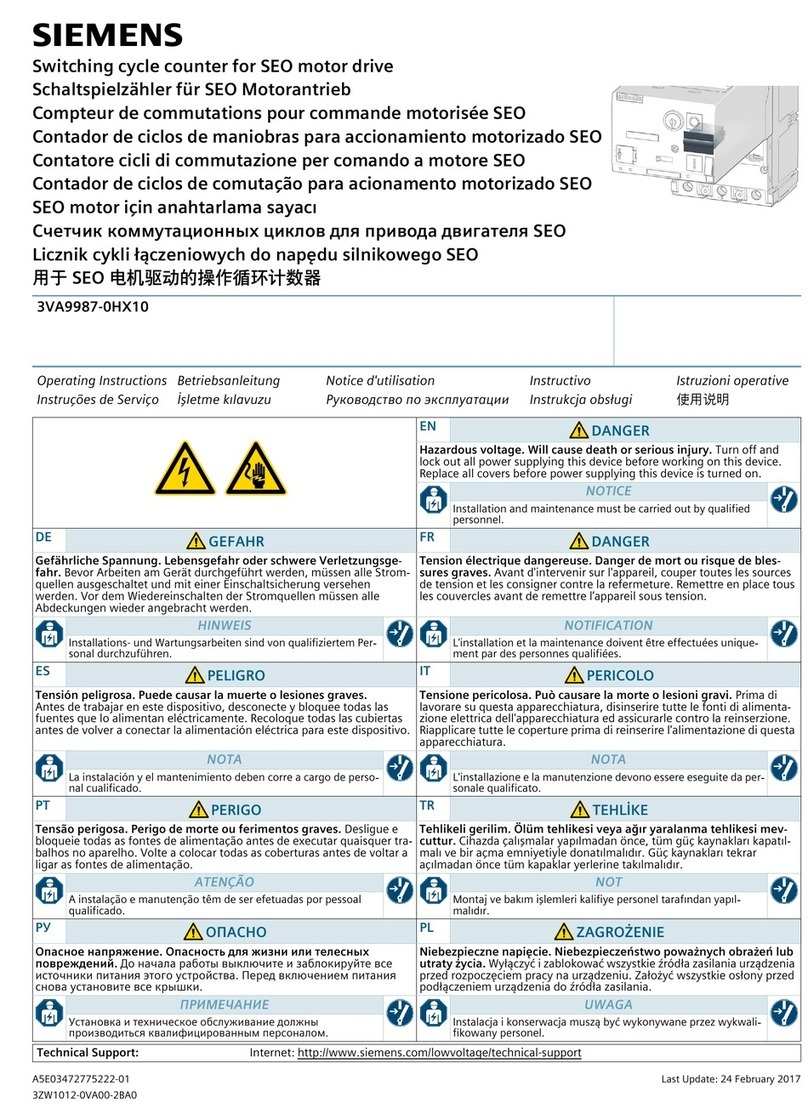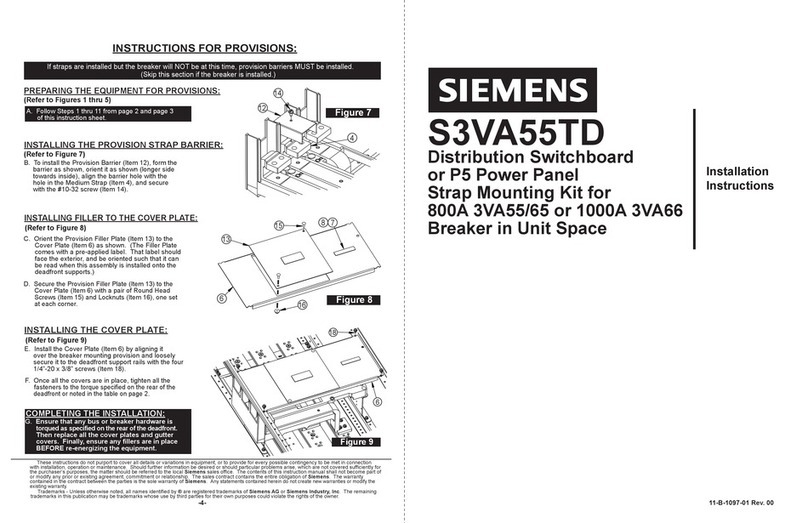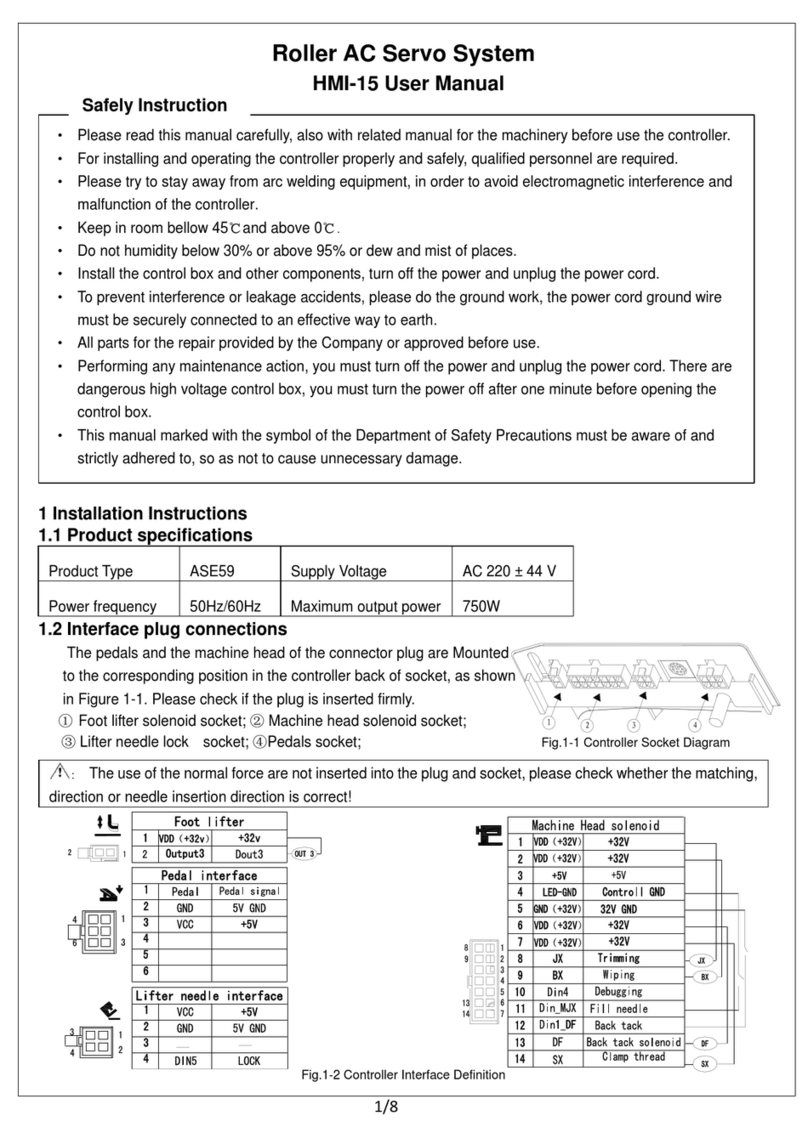
SCALANCE W760 / W720
Operating Instructions, 03/2022, C79000-G8976-C322-13 3
Table of contents
1 Introduction .................................................................................................................................................5
2 Safety notices..............................................................................................................................................9
3 Security recommendations .................................................................................................................... 11
4 Description of the device........................................................................................................................ 19
4.1 Structure of the type designation ................................................................................................. 19
4.2 Device view ....................................................................................................................................... 20
4.3 Components of the product ........................................................................................................... 20
4.4 Accessories ....................................................................................................................................... 21
4.4.1 Industrial Ethernet ........................................................................................................................... 21
4.4.2 Flexible connecting cables and antennas................................................................................... 22
4.4.2.1 Flexible connecting cables............................................................................................................. 22
4.4.2.2 Lightning protection ........................................................................................................................ 23
4.4.2.3 Terminating resistor ........................................................................................................................ 23
4.4.2.4 Cabinet feedthrough........................................................................................................................ 23
4.4.2.5 Antennas............................................................................................................................................ 24
4.5 LED display........................................................................................................................................ 26
4.6 Reset button...................................................................................................................................... 29
5 Installation and removal ......................................................................................................................... 31
5.1 Safety notices for installation........................................................................................................ 31
5.2 Installing on a DIN rail / removing................................................................................................ 34
6 Connection................................................................................................................................................ 37
6.1 Safety when connecting up............................................................................................................ 37
6.2 Power supply..................................................................................................................................... 42
6.3 Ethernet.............................................................................................................................................. 43
6.4 Antenna connector........................................................................................................................... 43
6.5 Grounding .......................................................................................................................................... 45
7 Maintenance and cleaning ..................................................................................................................... 47
8 Troubleshooting....................................................................................................................................... 49
8.1 Restoring the factory settings ....................................................................................................... 49
8.2 Firmware update via WBM or CLI not possible ......................................................................... 50
9 Technical data.......................................................................................................................................... 53

